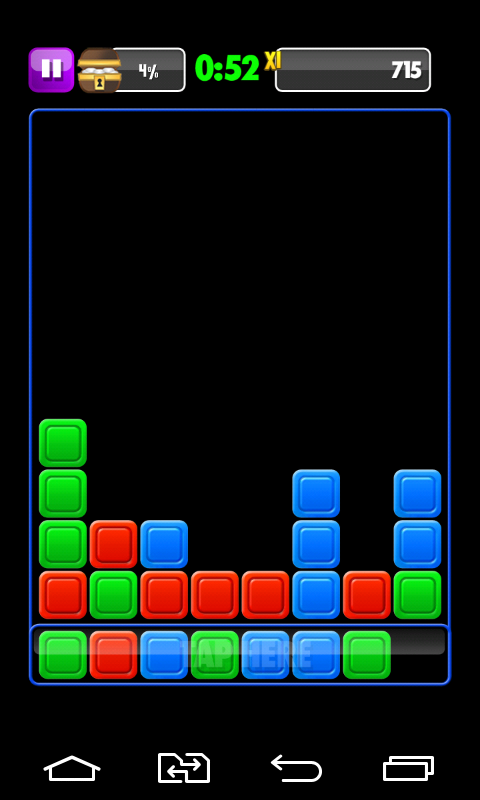

The pressure of this blast at 4 levels of loading was applied to adjacent structural members and the structural response was examined and the exciting forces in the adjacent structural members of the blast site were compared. A blast load equivalent to 1 t of TNT was simulated at a distance of 4 m from the corner of the structure to assess the direct effect on the structure.

A 3D numerical model for direct simulation of blast loading is proposed to study the real behavior of a 7-story building under blast loading. The present study developed a procedure for progressive collapse analysis of common steel building structures subject to blast loading. In this procedure, failure of elements adjoining to the removed columns under blast conditions are ignored, which can lead to an incorrect prediction of progressive collapse. Research has focused on progressive collapse analysis of buildings, most of which are based on the alternative path method and the sudden removal of one or several columns. Structures must be designed to prevent such disproportional consequences. Abnormal loading generated by a blast or impact can cause local damage to a structure that could affect the entire structural system. There is rising concern among researchers regarding the suitability of structural design for abnormal load resistance.


 0 kommentar(er)
0 kommentar(er)
